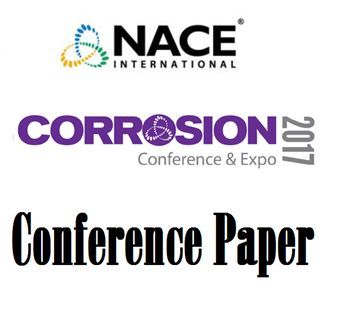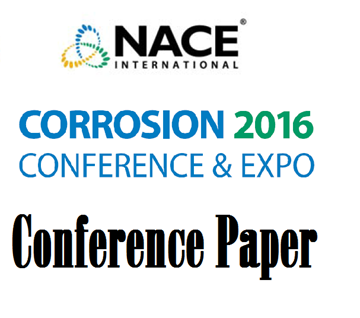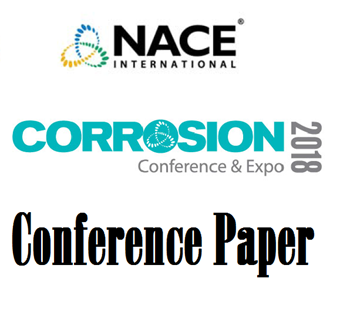Search
51318-11567-Methodologies to Evaluate Compatibility between Cathodic Protection and Vapor Corrosion Inhibitors for Tank Bottom Applications
Also Purchased
Premature Failure of API 650 Oil Storage Tank Bottom Plates Due to Soil Side Corrosion
Product Number:
51317--9025-SG
ISBN:
9025 2017 CP
Publication Date:
2017
$20.00
51316-7019-Cathodic Protection System for Hot Sulphur Tank Bottom
Product Number:
51316-7019-SG
ISBN:
7019 2016 CP
Publication Date:
2016
$20.00
51318-11428-Successful Implementation of a Corrosion Management Strategy by Online Injection of Vapor Phase Corrosion Inhibitors to Extend Storage Tank Floor Life
Product Number:
51318-11428-SG
Publication Date:
2018
$20.00




